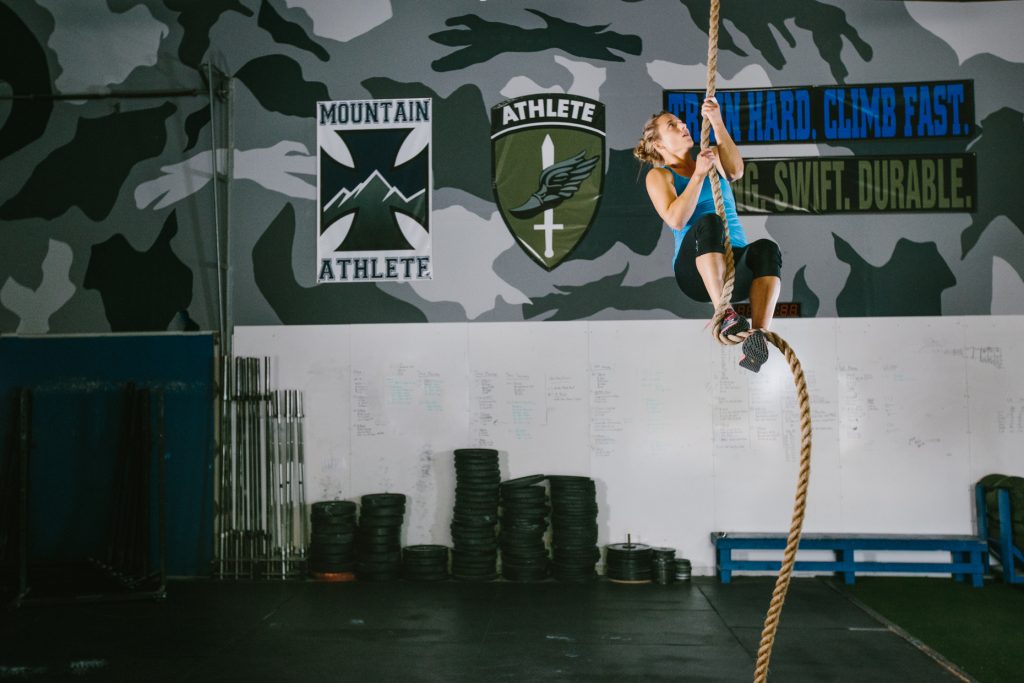
By Gordy Megroz
A while back I got an email from snowboarder who’d just won a bronze medal at the Olympics. “Just wanted to reach out and say hi,” it read. “I’m doing a lot of my own PR work and just wanted to put it out there that I would love to try and work with Outside at some point. Hoping that my medal might give me a chance to talk about all the cross training I do—racing mountain bikes, climbing, surfing, etc. If you hear of anything or ever need an athlete to stand in, write a guest blog, etc., I would love to help out.”
In my ten years as an editor and writer for Outside and Men’s Journal magazines, I’d never received an email like that from an athlete. I was impressed that he sent it. A lot of the time, when I’m using an athlete in a story (I write profiles of athletes and often write other types of stories that use athletes as sources), I’ll spend as much time tracking them down as I do interviewing them. But this kid came to me; made himself available. And to be totally honest, I’m not sure it would have ever crossed my mind to use him in a story if he hadn’t emailed me. Now I won’t forget him, and if I’m ever working on a story and I think he can offer valuable insight about a particular topic—be it fitness or something pertaining to the world of snowboarding—I won’t hesitate to give him a call.
His email got me thinking about all the positive experiences I’ve had when working with athletes on stories—and a few of the negative experiences—and I thought I’d try to compile a list of the best ways athletes can deal with the media. Yes, this is self-serving. I need you to do my job. But any smart athlete knows that their careers are finite, and having a good working relationship with the media can help them capitalize on their brand.
1) Don’t blow us off
If we send you an email, call you, or text you, don’t ignore us. We know you’re busy and we don’t expect you get right back to us, but ignoring us is just bad business (and, yes, as an athlete, you’re a businessperson). We’ll remember and we’ll be less inclined to reach out to you again.
2) Give us the whole story (and be honest)
Good journalists will know if you’re lying and will discover the truth. We’ll also find out if you left out a key piece of information. Remember, you’re not going to be happy about everything that we write (there’s a certain Olympic and World champion skier who won’t speak to me anymore), but if you tell us the whole truth, then you at least get a chance to comment about the more controversial or less savory aspects of your life.
3) Don’t be a media whore
This advice might end up coming back to haunt me, but it’s important. Just because a journalist asks you to take part in a story doesn’t mean that you should do it. Think about what they’re asking you to comment about. Can you speak intelligently about the subject matter? If the answer is no, steer clear. Stick to working with journalists on stories about things you know—and even then, be discerning. Appearing in the media too much dilutes your brand. So if you’re getting a media request every day, stick to participating in the media that you really want to be a part of.
4) Be cool
I once met a freestyle skier who was snobbish and, well, mean. A few years later, when I was an editor at Men’s Journal, her rep pitched her to me for a story we were working on. I said no. The story showed athletes in a very positive light and based on my initial impression of her, I couldn’t make her part of it. It just didn’t feel right. We all have bad days, but as an athlete, making good impressions on people is part of your job.
5) At the same time, don’t kiss our butts
We can tell when you’re doing it and we don’t like it. Which leads me to my final tip…
6) Show us the real you
A sit down at a coffee shop can be helpful to some extent, but you’re an athlete. So show us what makes you a great athlete. I was once assigned a profile of Olympic champ Julia Mancuso. I arrived at her home in Maui, hopped in her pickup, and she drove me into the jungle where we went on a treacherous hike and jumped off a 50-foot cliff into the water. The whole experience made me a little uncomfortable—but it definitely showed me exactly what Julia Mancuso is all about.
Link to the Mancuso story: http://www.outsideonline.com/outdoor-adventure/snow-sports/skiing-and-snowboarding/skiing/downhill-skiing/America-s-Next-Top-Racer.html
—
Gordy Megroz is a Jackson-based writer and correspondent for Outside magazine.
